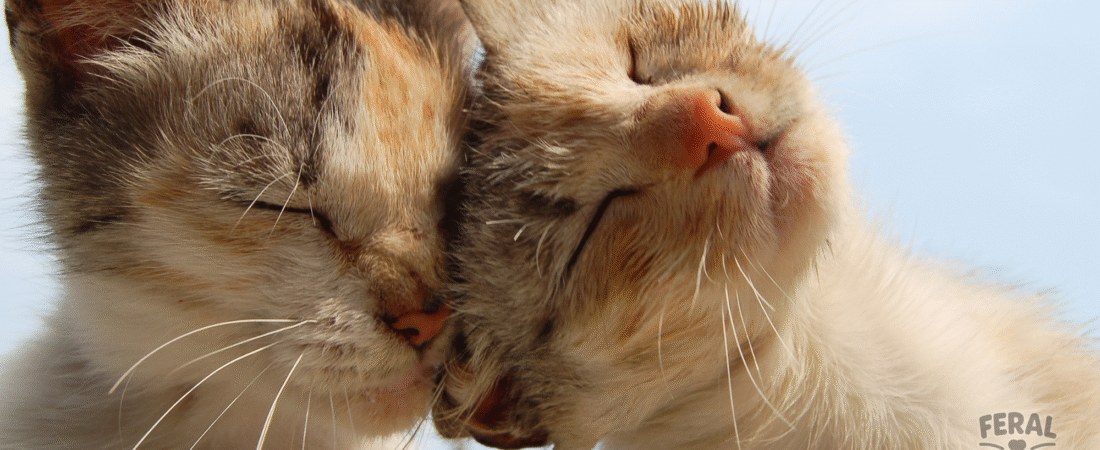📌 What Is a Cat Headbutt?

Cat lovers know the move: your kitty approaches, lowers their head slightly, and gently bumps their forehead against you. Some call it a boop, others a headbutt, but the scientific term is “bunting.”
- Where it happens: Against your hand, your face, your legs, even your laptop.
- Why it’s quirky: Few animals show affection this way, and cats often target the oddest times (like during Zoom calls).
👉 Headbutts are often a sign of affection and trust — though there’s more to unpack.
🦠 Why Do Cats Headbutt?
1. Scent-Marking: “You Belong to Me”
- Cats have scent glands on their cheeks and forehead.
- By headbutting, they’re depositing pheromones onto you.
- Translation: “You’re part of my colony. I own you.” (In the sweetest possible way.)
2. Bonding & Affection
- A gentle forehead press is a way for cats to mimic friendly cat-to-cat greetings in the wild.
- Cats in bonded colonies bump heads to strengthen social ties.
- So when your cat does it? They’re treating you like family.
3. Trust Signal
- Exposing the head and face is a vulnerable gesture for a cat.
- Headbutting you means they feel safe enough to let down their defenses.
4. Attention-Seeking
- Some headbutts are less about sweet bonding and more about:
- “Pet me, human.”
- “Feed me, human.”
- “Stop emailing and focus on me.”
- Cats quickly learn this gesture melts human hearts and guarantees attention.
5. Stress Relief / Comfort
- Cats may bunt furniture, walls, or you as a self-comfort mechanism.
- Rubbing facial glands distributes pheromones, creating a scent-marked area that feels familiar and calming.
🚨 When Headbutting Is Not Just Cute
- Excessive head pressing (not bumping): If a cat presses its head against walls or floors continuously, it could signal serious neurological issues (head pressing) — not affectionate bunting. Seek a vet immediately.
- Sudden change: If a headbutting cat stops being affectionate entirely, it may indicate stress, illness, or pain.
👉 Differentiate between healthy bunting (quick boops, rubbing cheeks) and alarming head pressing (long, hard presses).
🌿 How to Respond to Cat Headbutts
- Reciprocate gently: Lean in slowly or give a soft forehead touch back (some cats love mutual bunts).
- Pet their favorite spots: Usually cheeks, chin, or ears.
- Positive reinforcement: Smile, praise, or coo — it strengthens the bond.
- Respect refusal: If your cat walks away after one bunt, don’t push for more. Cats like to set the rules of affection.
❓ FAQs
Q1: Why does my cat headbutt my face but not my partner’s?
Cats are selective with affection. If you get the bunts, you’re their chosen human.
Q2: Why does my cat headbutt furniture?
That’s still scent-marking. They’re spreading pheromones to make the environment “smell like home.”
Q3: Is headbutting the same as nudging with the head?
Yes — “headbutting,” “booping,” and “bunting” are all the same affectionate motion.
Q4: Do all cats do this?
No. Some cats show affection with bunts, others with kneading, slow blinks, or curling up on your lap. Personality plays a role.
💡 Final Thoughts
Headbutts are more than random bumps — they’re a blend of affection, bonding, and cat-like ownership.
✅ Key takeaway: When your cat bonks you with their forehead, it’s their way of saying: “You’re mine, I love you, and by the way, pet me now.”

